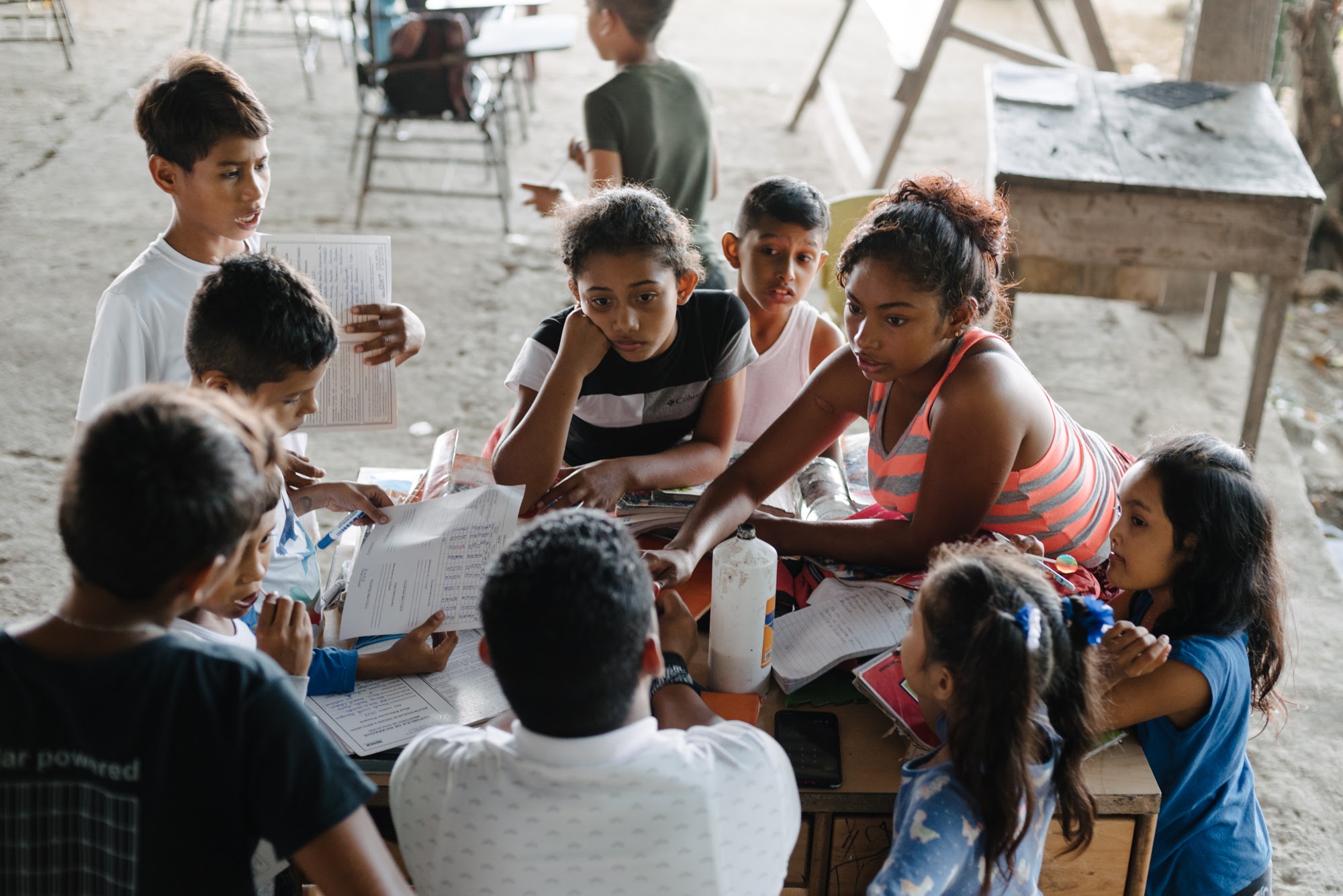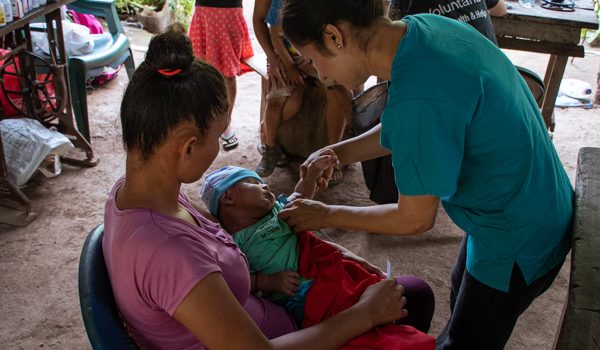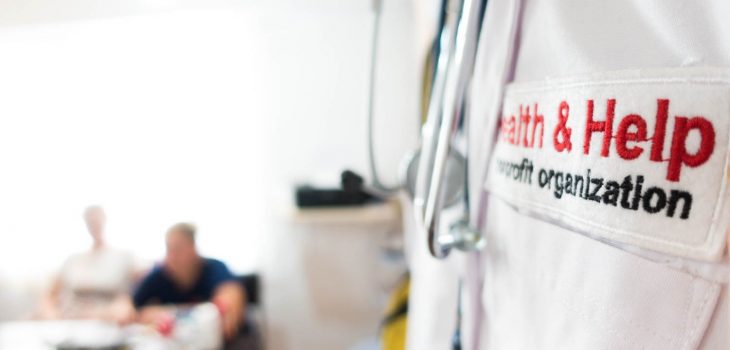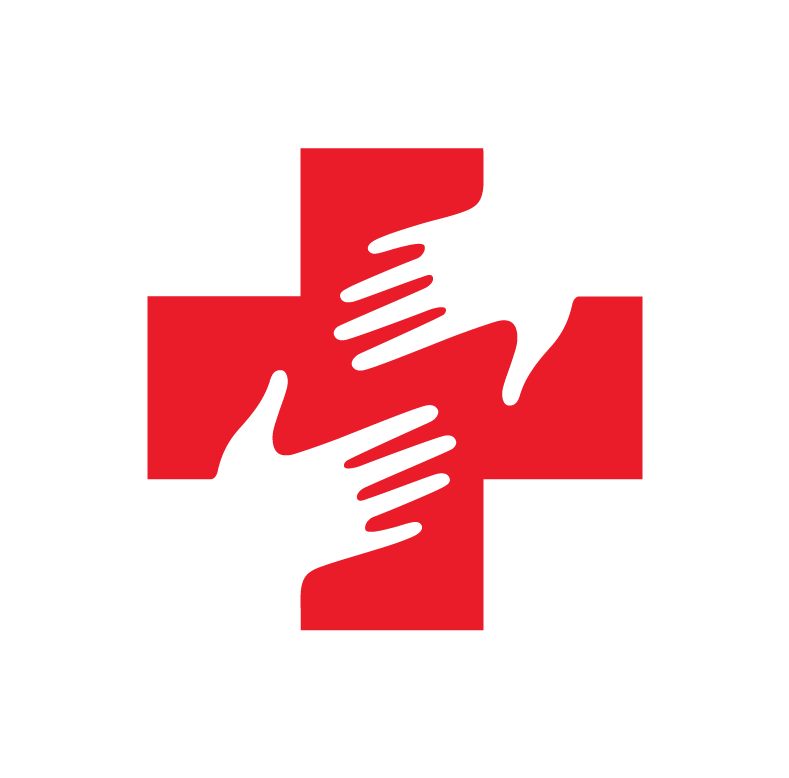
Nicaraguan Sign Language — a language born from isolation and innovation. Did you know that Nicaraguan Sign Language is the only language spontaneously created without any influence from other languages and recorded from its establishment? Or that it was invented by children?
The story of Nicaraguan Sign Language and its conception is truly fascinating and unique. It’s an incredible example of human intelligence and innovation.
So how did it happen?
Nicaragua was ruled by a family dictatorship, the Somaza, from 1936 until 1979. However, during the Nicaraguan Revolution in 1979, the Sandinista National Liberation Front overthrew the regime. Once in power, the Sandinista National Liberation Front set out on a “Literacy Crusade”, implementing programs nationwide to promote literacy and fluency in Spanish to make the entire population literate.
As part of this mission, the first public schools for deaf education were established. These schools provided deaf children in Nicaragua with the first opportunity to socialize in large groups with other deaf children. Prior to the existence of these schools, there had been no efforts to integrate deaf individuals into society or actively encourage their interaction with other deaf people. There was no way for deaf people to access language. Deaf individuals were largely excluded and isolated from each other and society, relying on basic gestures to communicate.
Initially, the focus in these schools was on teaching children to speak and lip-read in Spanish, an approach known as “oralism”, which proved to be largely unsuccessful. However, teachers soon noticed something incredible happening on the playground.
The students were communicating with each other using signs, and the teachers quickly realized this was more than just rudimentary gesturing. The deaf children at the school had created their own unique and sophisticated language to communicate with each other.
This was special for many reasons. These children had no model for how a language worked as they were isolated from spoken, written and other forms of sign language. Despite this, they managed to invent a fully-fledged language to communicate in. Nicaraguan Sign Language possesses its own grammar, vocabulary, and syntax, just like other languages.
To this day, the sign language that originated on this playground continues to be the predominant language used by the deaf community in Nicaragua. It was able to develop and evolve independently and uniquely, in most part due to the political isolation resulting from the revolution in which it was born. More recently it has started to incorporate some aspects of American Sign Language, which happens in language evolution. Nonetheless, it remains predominantly distinct.

Deafness in Nicaragua
Prior to the introduction of these schools in the 1970s, there was no deaf community in Nicaragua. Even today, there are less than 10,000 people who use NSL, and there’s a huge lack of education about deafness, particularly in rural areas. Language acquisition is most effective before the age of 7, and many deaf children continue to miss their opportunity to learn language due to limited access to education, especially specialized education.
Two crucial changes are needed to ensure children receive the care and access to language that they deserve. Firstly, parents need to be equipped with knowledge and understanding to recognize the signs of hearing difficulties. Secondly, children and parents must have access to medical care and educational resources for the treatment of deafness. Many deaf children grow up feeling isolated, mistakenly believing that they are the only people in the world who can’t hear!
This is where Health & Help comes in. Our Nicaraguan clinic provides medical care and accessible information to families in rural communities where such resources are otherwise unavailable. We help identify hearing problems in children from an early age. Our doctors can address some minor conditions, give guidance on optimal management and provide referrals for patients with more serious problems to see hearing specialists. Additionally, our doctors can help prevent hearing loss from becoming a complication of other health issues or diseases.

The story of the conception of Nicaraguan Sign Language is truly fascinating. It is a powerful example of how humans can overcome adversity when they are empowered with the necessary tools, care and support. At Health & Help, we empower people through adversity every day, and we rely on your support to continue our work. Please consider donating to Health & Help by clicking the link here.
Last news

Health & Help Clinic's Birthday in Guatemala | 7 Achievements of the Clinic in 7 Years of Operation
This year, Health & Help’s Guatemalan clinic celebrated its 7th anniversary with two events: one at the clinic with the local community, and another in the city with our staff and supporters. At the clinic, we bonded with community members through games, crafts, and the traditional Argentine drink, mate. Our new country director, Leonor, also…
Learn more
A Lifeline in the Heart of Forgotten Villages: Health & Help's Vital Mission
In the remote Nicaraguan village of La Salvia, a young couple found themselves facing a parent’s worst nightmare. Their two-month-old baby, Jose, struggled with a severe lung infection that triggered a bronchospasm, causing him to stop breathing. The swift and skillful intervention of our dedicated doctors at our Health & Help clinic not only saved…
Learn more
Board of Directors
Explore the stories of the dedicated Board of Directors who lead Health & Help in our mission to provide essential medical assistance in remote locations.
Learn more
